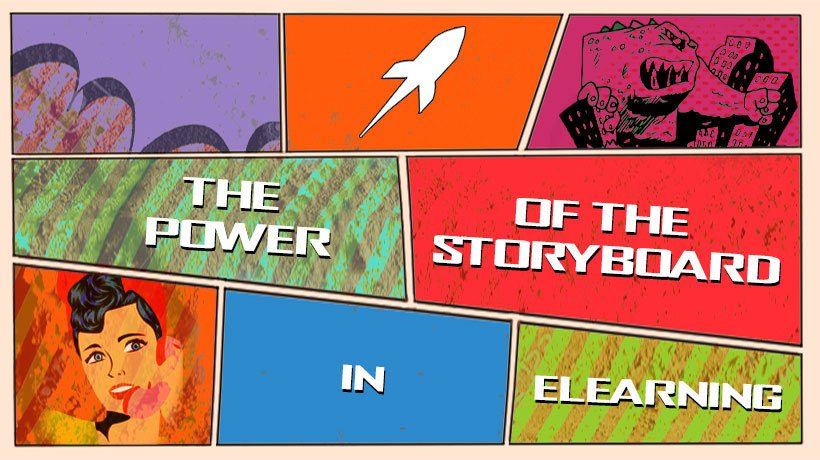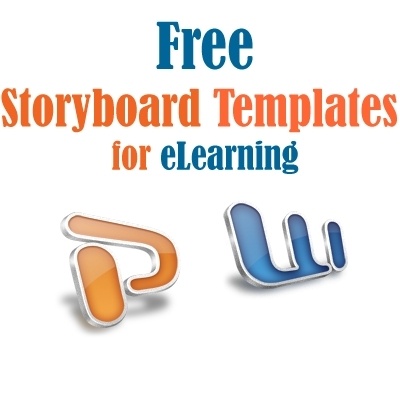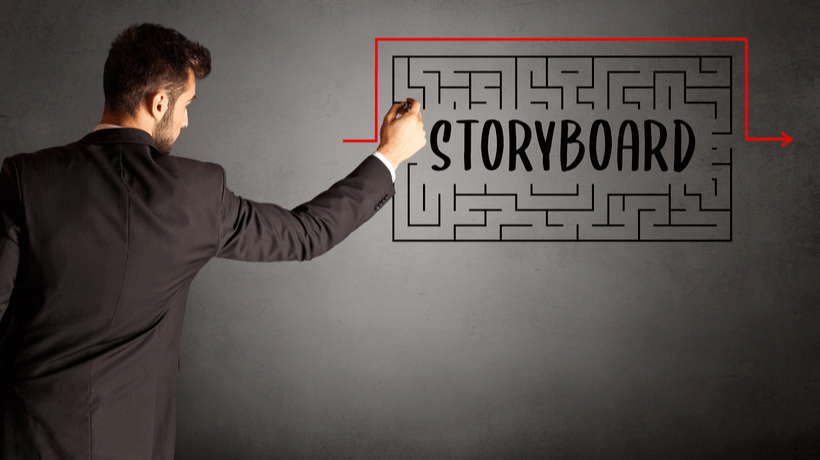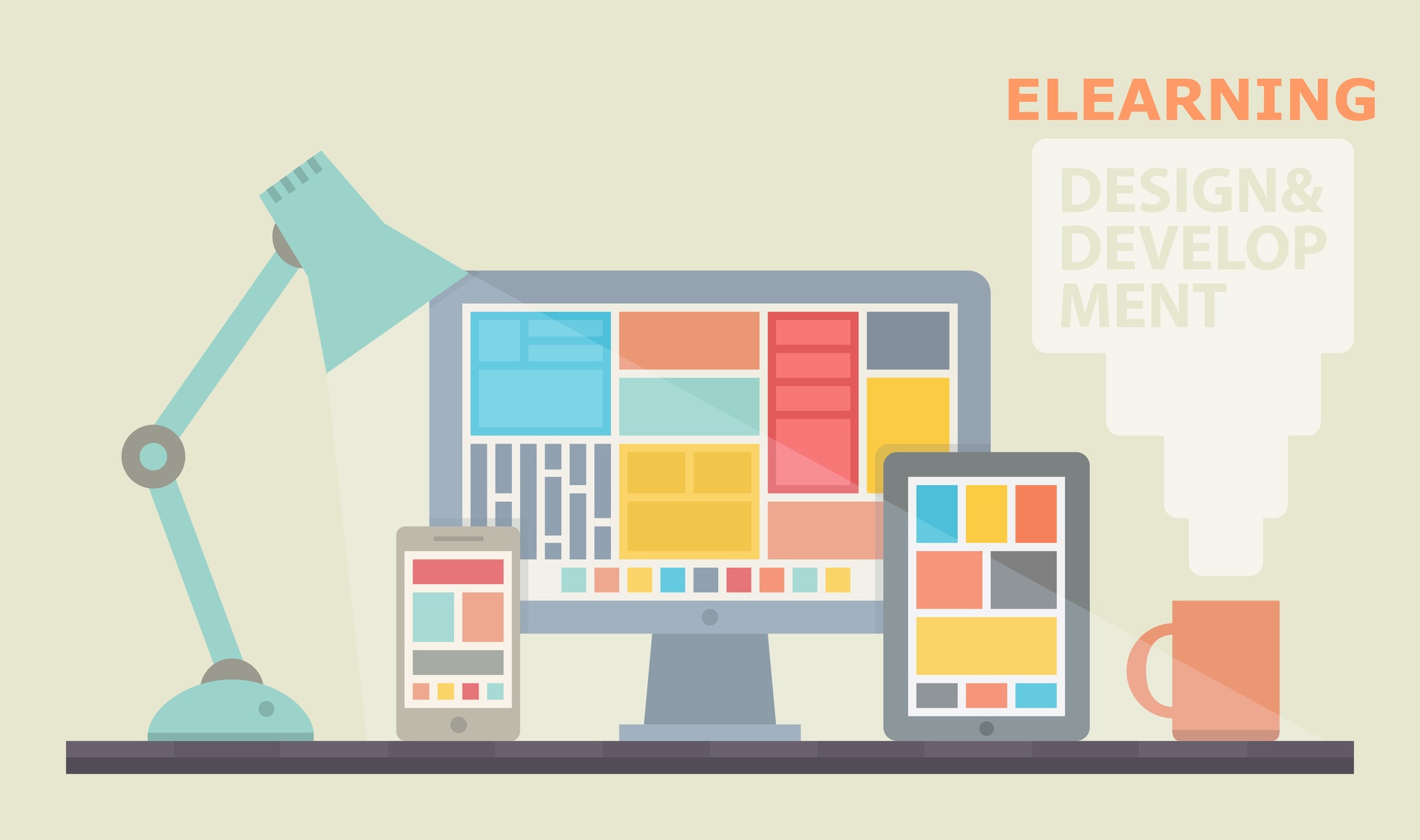The Power Of Storyboards In eLearning
Like any other digital design process, eLearning needs to be well planned in order to deliver an effective experience for an audience. One way of doing this is by using storyboards in eLearning courses.
According to Christopher Pappas, founder of The eLearning Industry’s Network, storyboarding is:
“A map that guides eLearning professionals through every twist and turn of their eLearning course design. Storyboards make the eLearning design and development process much more efficient, as they can not only help eLearning professionals to illustrate their ideas, but also to deliver engaging and visually rich eLearning experiences to their audience.”
However, there are many reasons why using storyboards in eLearning is important. Here are 7 of them.
1. Stakeholders Gain A Better Insight Into The Instructional Designer's Ideas
By storyboarding, any stakeholders involved in an eLearning project can see a planned out version of the course long before it is finished. For example, a client can see exactly how an eLearning developer will be presenting the course material, and whether key learning objectives are being met through the proposed learning activities.
From another point of view, an expert being consulted on the subject matter can see how their content will be delivered to the learner. They can advise of any changes and can make any alterations before development gets underway.
2. They Improve Team Collaboration On A Project
Using storyboards in eLearning allows a lead designer to outline the learning objectives early on in a project, meaning a larger team can all work towards meeting them further down the line with minimal confusion.
One example would be if we here at Discover eLearning were to design a course for a client, we could create a storyboard containing all the key messages we need learners to know and how we’d like them to get there. It could then be passed on to our content writing partners at Content North East for proofreading, safe in the knowledge that those key messages would not be lost or diluted through a misunderstanding on what the course is actually about.
3. They Speed Up The Content Creation Process
Storyboarding allows an eLearning developer to put a realistic timescale on a project.
Storyboards in eLearning naturally don’t take as long as the finished product to create, so a developer can get a project approved and signed off quickly by a client before adding the finishing touches later. This cuts down on any wasted time where unnecessary features would have to be removed if they weren’t to the client’s satisfaction.
The client can also be kept informed as to where the developer is up to in the project by outlining the different stages the course may take before completion; rather than presenting them with the finished article and hoping it’s exactly what they expected first time around.
4. They Help Prioritize Focus On Learning Objectives
After outlining what the learning objectives of a course will be, the next stage will be to work out how the learner will achieve them.
Storyboarding allows a developer to highlight the importance of interactions and branching scenarios, which are key to modern day eLearning delivery methods such as digital storytelling and game-based learning.
Simply “making it up as you go along” can lead to the course becoming unfocused and losing the learning objectives amongst unnecessary content.
5. They Lead To Effective Storytelling
It’s no coincidence that film makers, graphic artists, and animators use storyboarding to outline how their projects are going to pan out, and eLearning should be no different.
It’s known that integrating a story within a course can lead to increased learner engagement. It can help a learner relate to the course material and provide a logical narrative to hang learning objectives from.
By storyboarding, you can see whether a potential story is realistic or relevant to the industry the course is aimed at - and change it quickly if needed.
6. They Put Learning First And Visuals Second
Storyboards in eLearning help put the learning experience first and visual design second. Ultimately, the design is nothing without hitting effective learning objectives, and storyboarding helps ensure content is focused on those objectives before any cutting edge art or character design takes over the production schedule.
Storyboarding is a big part of what we do at Discover eLearning. We aim for a "right first time" approach with every project we’re involved with, so for any further information on storyboarding and course creation you can find the Discover eLearning company page right here on eLearning Industry!








